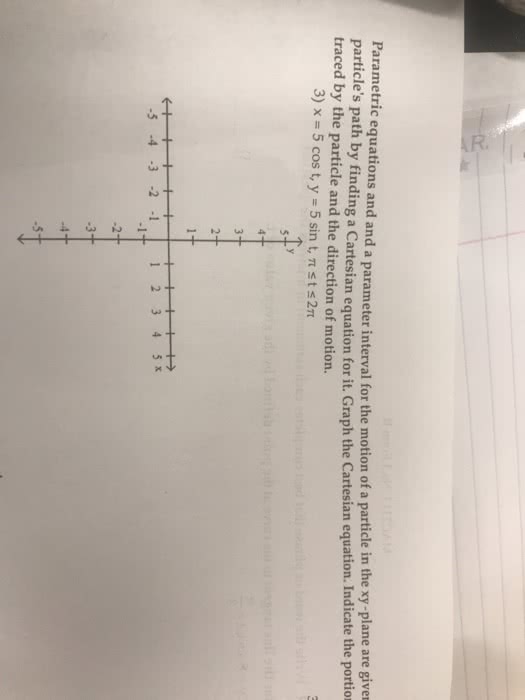BACHELOR OF SCIENCE Chapter Notes -Angular Momentum, Central Force, Kinetic Energy
Document Summary
Motion of a particle under a central force field. Motion of a particle under a central force. The motion of a particle under the action of a central force takes place in a plane. We first note that a central force can exert no torque on an object: Consequently, under the action of a central force, angular momentum is conserved. Angular momentum is defined as the property of any rotating object given by moment of inertia time"s angular velocity. It is the property of a rotating body given by the product of the moment of inertia and the angular velocity of the rotating object. L is the angular momentum m is the mass v is the velocity r is the radius. In other words, angular momentum (l) is defined as the distance of the object from a rotation axis multiplied by the linear momentum. Law of conservation of angular momentum has many applications, including: electric generators, aircraft engines, etc.



